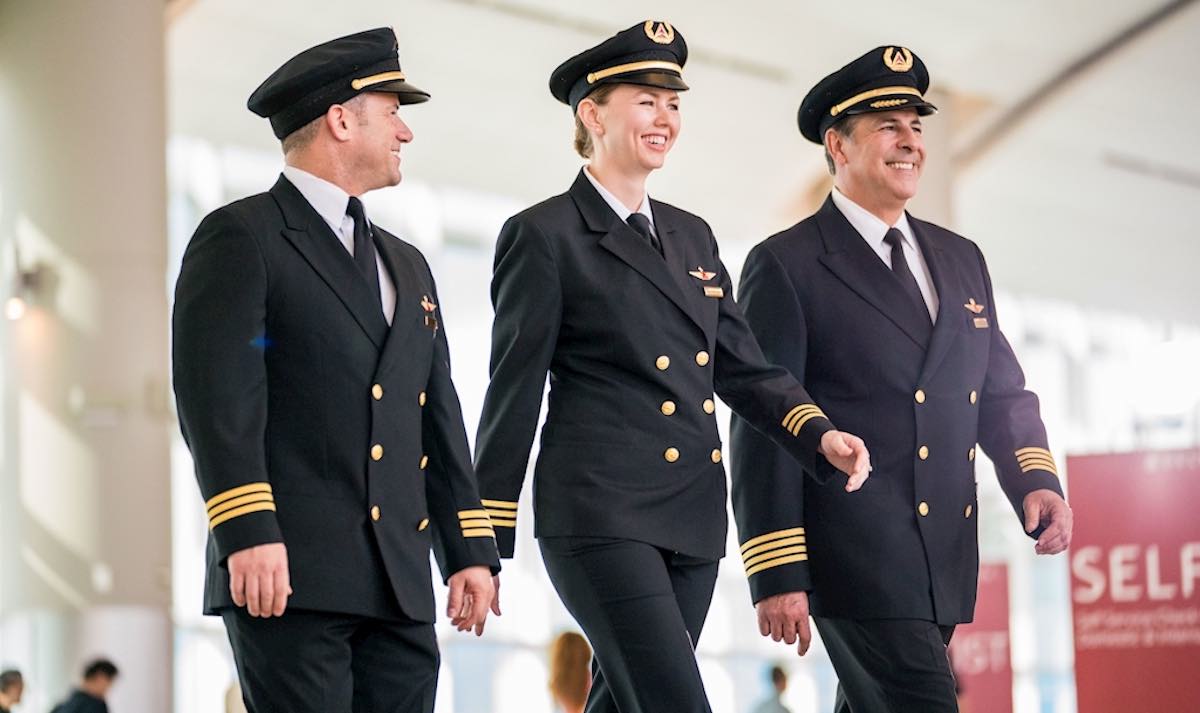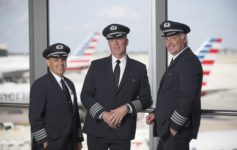
The pilot shortage may no longer make headlines, but it’s still quietly grounding airline ambitions.
Airlines Have Planes But Not Enough Pilots To Fly Them
Despite the post-pandemic travel boom, U.S. airlines continue to grapple with a deep and growing shortage of commercial pilots. Industry analysts estimate that North American carriers will need roughly 120,000 new pilots over the next 20 years. Consulting firm Oliver Wyman predicts the gap will continue to widen through 2032, with a shortfall of more than 24,000 pilots in the United States alone.
Why This Shortage Isn’t Going Away
Several structural factors are fueling the gap. First, a large cohort of baby-boom era pilots are reaching the mandatory retirement age of 65, creating a wave of departures. Second, pilot training remains expensive and time-consuming — many prospective aviators face six-figure costs and must log thousands of hours before reaching airline eligibility. Third, as fleets grow and airlines expand, the demand for qualified crews keeps outpacing supply.
Schools like Epic Flight Academy report record enrollments, but the pipeline remains slow. Training capacity, simulator availability, and instructor shortages continue to limit throughput. Meanwhile, regional airlines struggle most acutely, often serving as the first rung on the professional ladder for new pilots, but also merely a stepping stone.
Pilot Shortage Has And Will Continue To Impact Air Service
For travelers, the shortage often means fewer flights, higher fares, and reduced service to smaller markets. For airlines, it means aggressive recruiting, signing bonuses, and creative staffing models. United, Delta, and American have each launched internal flight schools or partner academies to secure future supply, but even these initiatives can take years to yield results (and have problems of their own).
In 2025 the FAA warned that the pilot-shortage gap remains a long-term structural challenge. Regional carriers such as SkyWest and Envoy have already cited pilot availability as a limiting factor for route planning and aircraft utilization.
Thus, the pilot shortage is no longer a passing headline: it’s a long-term constraint on U.S. aviation growth. Airlines may have planes and passengers ready, but a qualified pipeline of pilots are also necessary for expansion. The idea that this problem corrected itself during the pandemic with many more young people seeking to become pilots is apparetnly not true, at least not to an extent in which the long-term shortage is solved.
CONCLUSION
We tend to think of air travel in terms of aircraft and routes, but behind every flight is a cadre of skilled professionals. The continuing pilot shortage reminds us that safety, schedules, and affordability all hinge on a limited pool of qualified people. Until training pipelines expand, pay scales stabilize, and career pathways improve, the sky may remain just a little more crowded…on the ground.
image: Delta Air Lines




It’s not just pilots; we’re not investing in enough healthcare professionals for what will soon be a glut of aging Boomers upon us. And it’s not just an American problem; it’s a lot of developed countries facing this (not just N. America, Europe, also E. Asia.) So, it’s almost as if this administration should not have fueled the ‘culture war’ against so-called ‘DEI’ by practically defunding and shaming efforts to get more people in these professions, regardless of their backgrounds. But, but… ‘merit.’ Friends, if they can pass the tests, and get their licenses, that IS merit. Ultimately, this comes down to priorities, and clearly, we have lost nearly all sense of that, but for benefitting the wealthiest among us. Hope we can revert back to more ‘normal’ times, soon. Invest in people.
@1990: I quite agree.
LOL POTUS Naranjo doesn’t give a flying fu¢k about competence. Look at his staffing. Most of his appointees are either hot chicks with dubious credentials or sycophants with dubious credentials. In the midst are a few people of modest accomplishment who are either hot chicks with dubious credentials or sycophants with dubious credentials.
Well aware, sir. Not a fan of #47 (or #45), and most of his admins policies. It’s been heartbreaking to witness the FAA, ATC, and all sorts of aviation-industry necessities go largely un-or-under-funded. We need a lot of new technology to update old systems, and real investment in training. There used to be quite the pipeline from military aviation to commercial (passenger and cargo), yet, these days, it feels like we’re just ‘eating our seed corn.’
Too many dogs on the planes, that’s why
Feels like a cat may have written this…
Where is the actual data to support that airlines are struggling to fill classes? This article is based on a lot of assumptions.
According to FAPA, “While 498 pilots were hired by the thirteen major airlines last month, it came from just four carriers: American, United, UPS and Hawaiian.”
There’s no issues filling classes anywhere right now, and most airlines aren’t running new-hire classes. Please stop parroting this “continuing pilot shortage” fallacy.
There is no more pilot shortage lol. Regionals has year long waiting lists for class dates, while the majors never had a shortage of qualified applicants. There was a brief shortage at the regional level post covid, regionals doubled or tripled their pay and solved it pretty quickly.
Yeah, paying workers more is a good start.
It’s too bad there isn’t a way to go in to communities that haven’t historically fueled pilot recruitment and look for smart and ambitious people, who might want to fly, and would love the salary, but have never been exposed to aviation as a career.
The time investment to become a pilot is rough but the cost to make it through is truly breathtaking. If you don’t want to have hundreds of thousands of dollars in debt when you’re just starting out you have to come from a family with serious money.
Got a lot of ex-Spirit pilots looking for jobs!!
If we go Chapter 7, there’ll be plenty more from where that came from.
It’s hard enough to find a flight instructor job right now . Even with all your ratings CFI CFII MEI. Private Jet companies not hiring . It’s very stagnant . Flight schools full of ATP minimum instructors. I hope the flood gates open . Maybe I’ll get that jet job sooner than later .